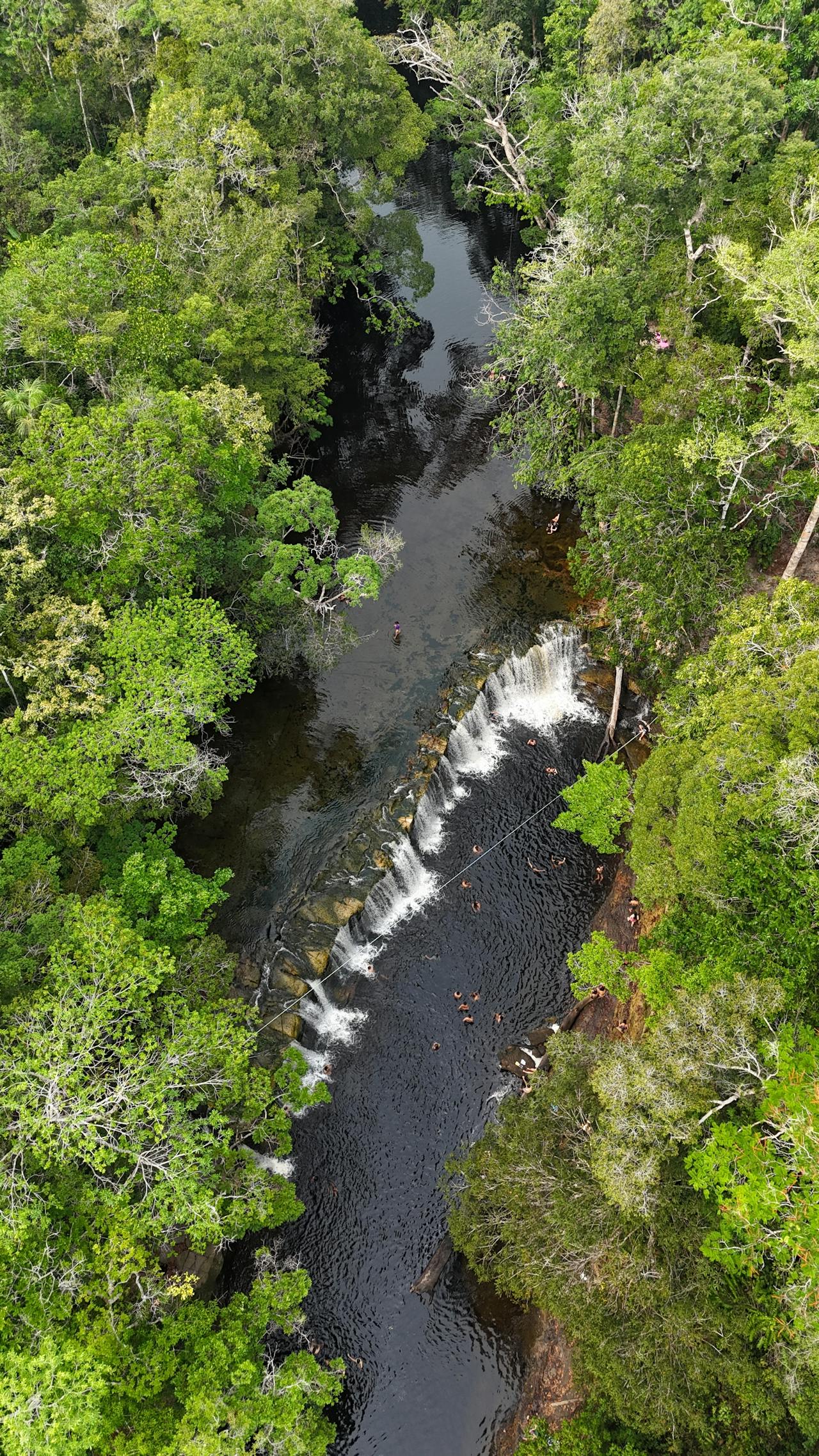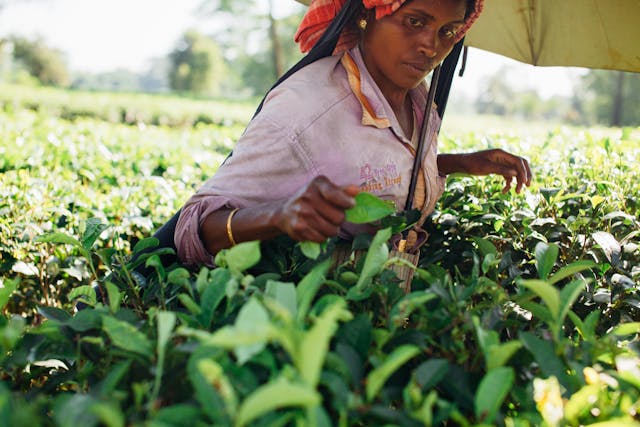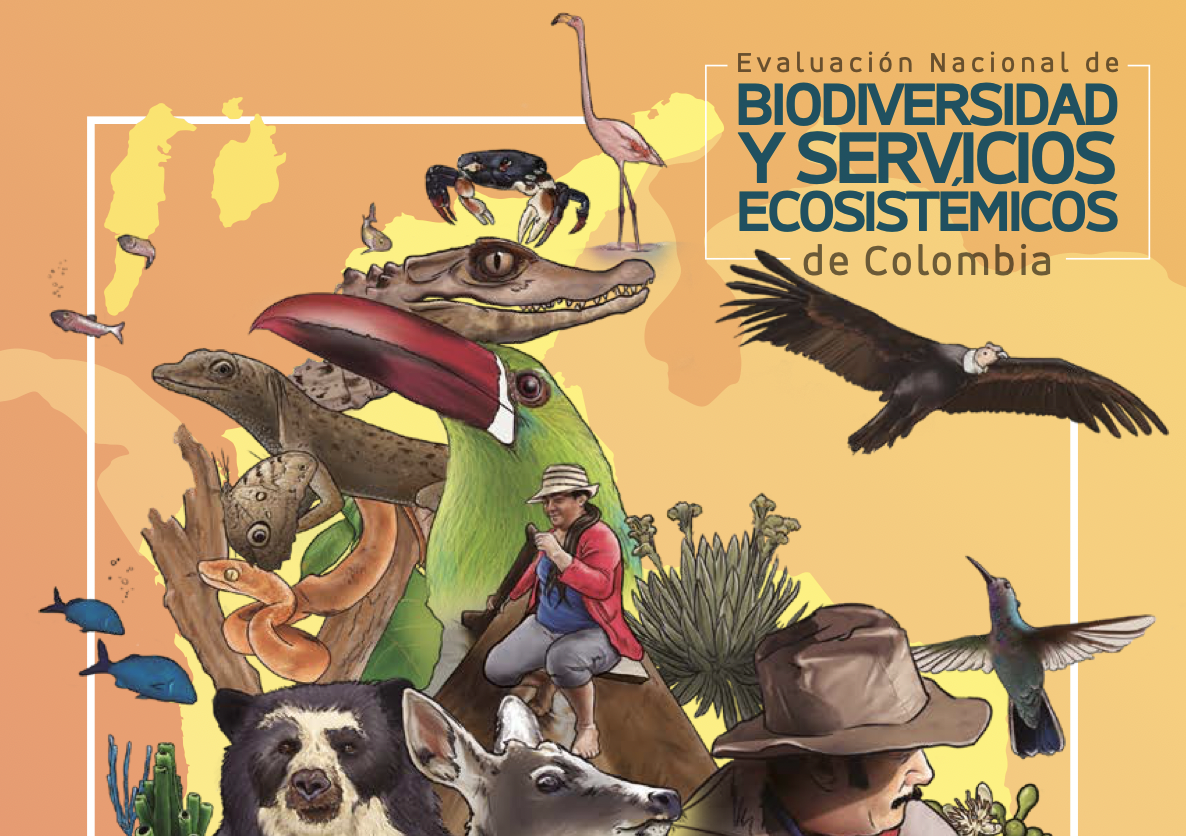Valuation of ecosystem services is a powerful lens for viewing the impacts of land-use changes on society and the environment. Land-use change — a pervasive driver of changes in ecosystem services — has never been investigated for its effects on overall ecosystem services in Pakistan. In this study, I use the value transfer method to evaluate Pakistan’s ecosystem services for the years 1950, 2000, 2015, and 2050. Four land-use scenarios, developed under the Intergovernmental Panel on Climate Change (IPCC) emission scenarios, are analyzed for the year 2050. The results show an increase of $87 billion (in USD 2017) in the value of ecosystem services between the years 1950 and 2000 due to the construction of dams and expansion of agricultural areas into the deserts. However, there is a sharp drop of $70 billion between the years 2000 and 2015. All future scenarios for the year 2050 except B2—an eco-friendly scenario—show a decline (ranging from 12 to 21%) in the value of ecosystem services for the year 2015, due to decreased open water, forest, and agricultural areas. As a result of compact urbanization, medium economic growth, and decline in desertification rates, B2 yields a higher value (by ~$8 billion) than that of the year 2015. Furthermore, assessing the two critical services for the country, climate, and water services, shows that the value of climate services continuously decreases for the years 2000, 2015, and 2050 in comparison to their value for the year 1950 due to the shrinking of forest and grassland areas. On the other hand, the value of water services increases from 1950 to 2000 due to the scaling up of the irrigation system, but plummets for the 2015 and future land-use scenarios in response to reduced open water. Yet, per capita values for both services (climate and water) show a decrease for the years 2000, 2015, and 2050 compared to the year 1950. These results can inform land-use planning for the efficient provision of ecosystem services in Pakistan.

































































































































































































































































































































































































































































































































































































































































































































































































































































































































































































































